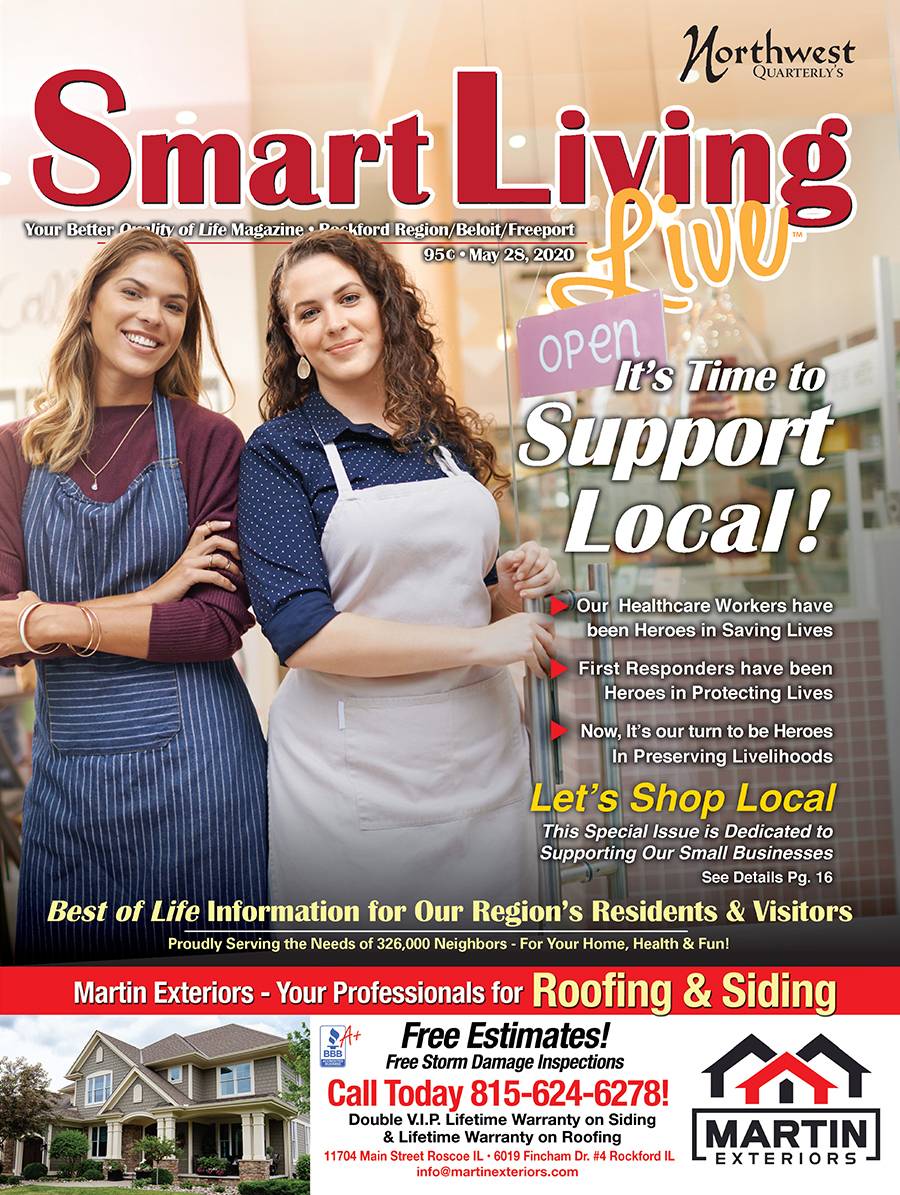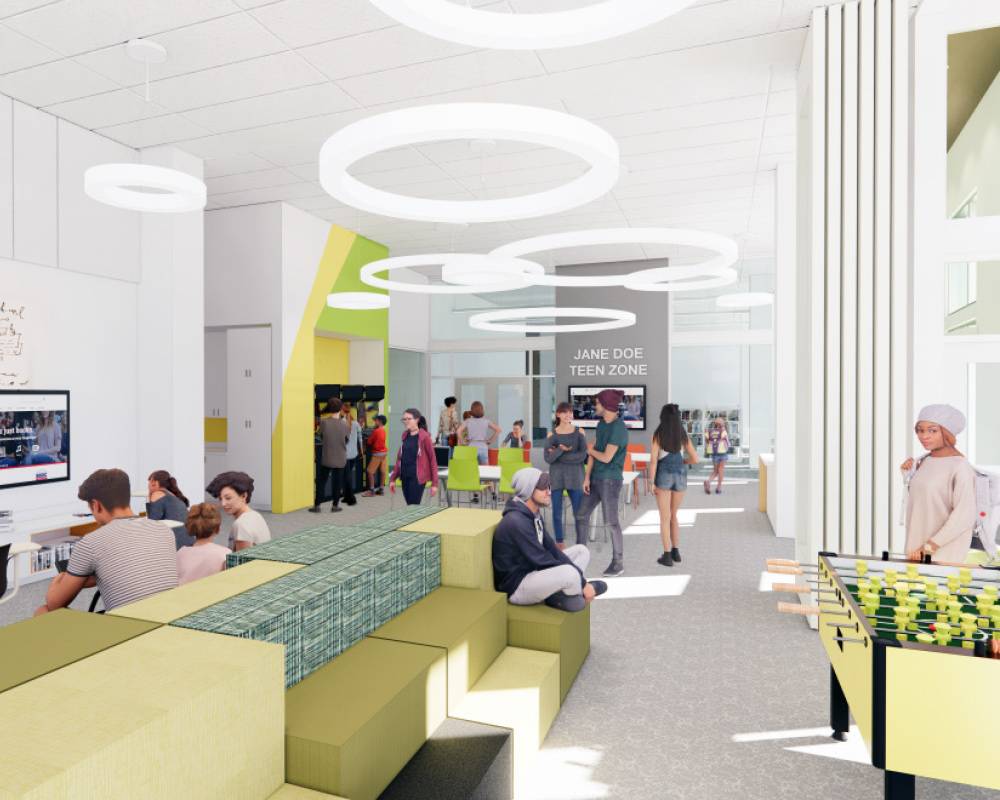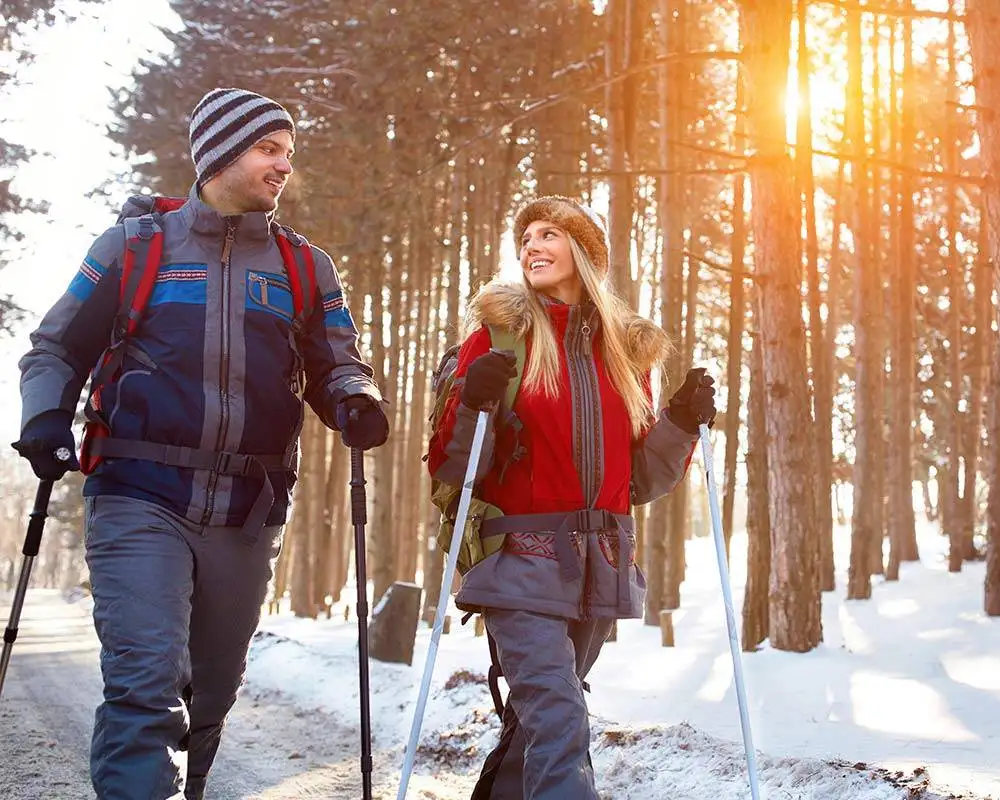Early on in the pandemic, radiation oncologist Dr. Eric Xanthopoulos was tasked with triaging his cancer patients at Beloit Health System UW Cancer Center.
“We had to re-think how we were flowing patients through the clinic,” Xanthopoulos says. “So, if a patient had a low-risk breast cancer or a low-risk prostate cancer, we might say, ‘Hey, let’s see if we can delay your treatment by one or two months, or maybe start some hormone therapy upfront,’ which wasn’t something we did before the pandemic.”
Now, the cancer center has adjusted its practices – picture hospital workers wearing masks and shields, constantly washing their hands, screening temperatures, and cleaning treatment rooms between every patient .
If a patient tests positive for coronavirus before treatment begins, their care is delayed to prevent complications.
“Delaying treatment by a little bit is often not a big deal,” Xanthopoulos explains. “What you don’t want to do is break treatment once you’ve already started. It’s kind of like stopping a course of antibiotics halfway through. If you do that, you’ve killed off the weaker cancer cells and you give the hardier cancer cells a chance to grow and take over, and you don’t want that.”
If a patient does happen to test positive for COVID-19 during the middle of treatment, they’ll then have to receive cancer treatments at the end of the day, after other non-COVID patients have already been treated, Xanthopoulos explains. Afterward, the treatment room gets an extra-thorough deep cleaning.
Xanthopoulos says most of his patients are good about wearing facial coverings and social distancing. Still, humans crave human interaction. He tells them, “There are about 5 million cases in the U.S. right now. If you go to a small dinner party that has about 10 people, there’s about a 5% chance that you’re going to encounter someone who has COVID.
“If you go to a wedding of about 100 people, there’s about a 50% chance … Not a 50% chance that you’re going to get it, but a 50% chance that someone there has it whether they know it or not. So, if you need to go to these events, just be careful. Wear a mask, social distance, steer clear of people who obviously have cold symptoms and are sniffling and coughing all over the place.” ❚
















